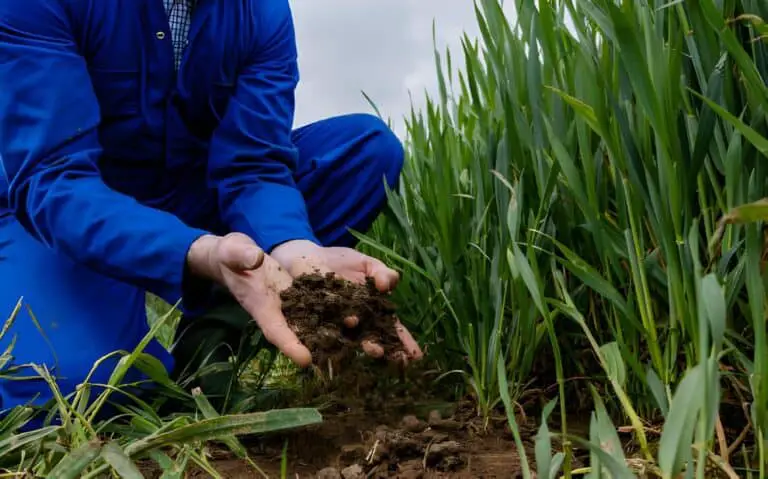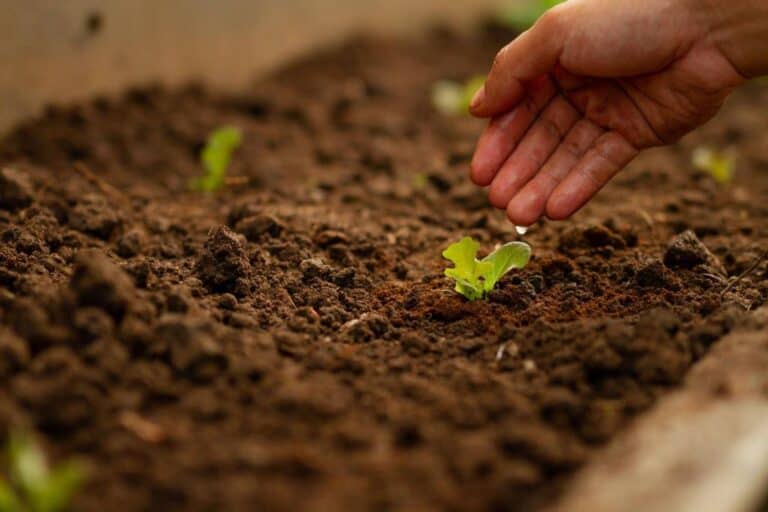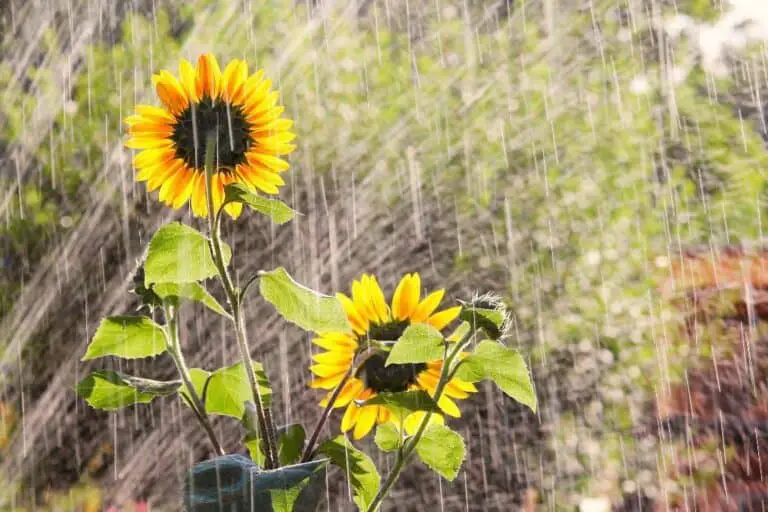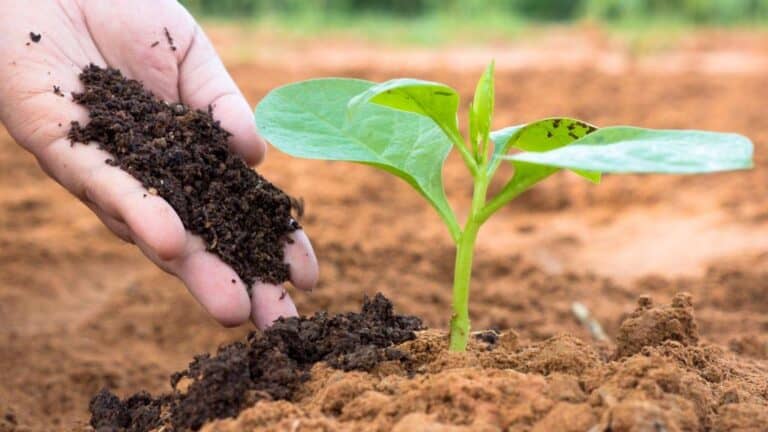Topsoil Washed Away: What are the Causes and How to Prevent Erosion?
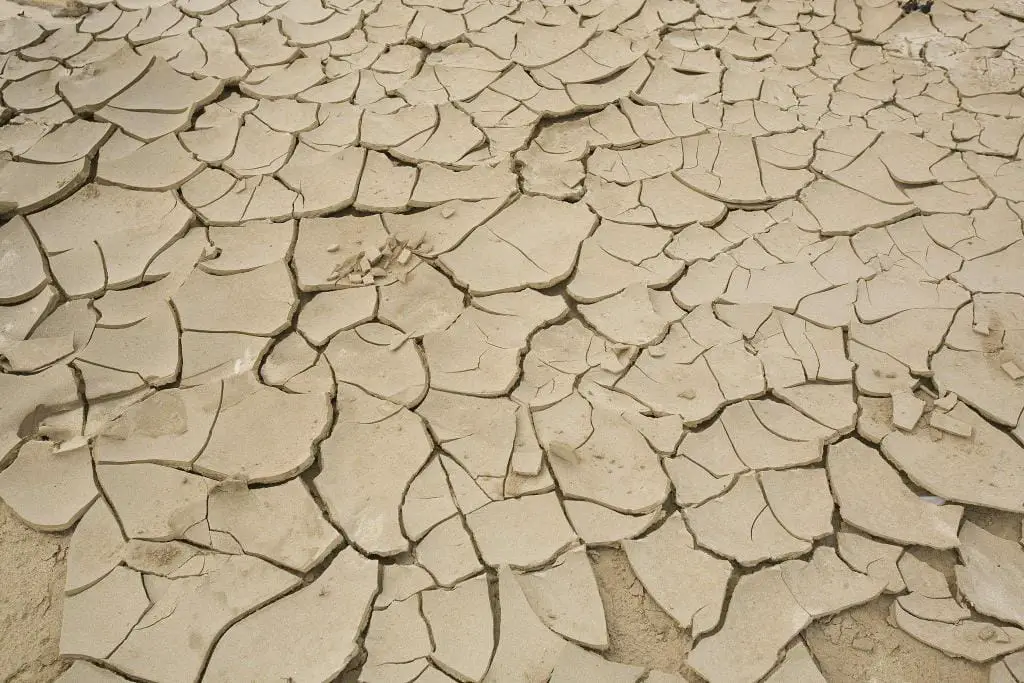
Imagine a lush, green landscape where crops thrive and nature’s harmony reigns. That picturesque scene owes its existence to a hidden hero: topsoil. But beneath its fertile surface lies a fragile secret – the risk of erosion. In our quest to understand the forces of nature and safeguard our environment, we delve into the mysteries of topsoil erosion.
Topsoil erosion is a natural process, but when it accelerates due to human activities or environmental changes, it can have devastating consequences for the environment and agriculture.
In this article, we will explore the reasons behind topsoil erosion and discuss effective prevention measures. By understanding the causes and solutions, we can work towards preserving this precious resource for future generations.
What Are the Causes of Topsoil Erosion?
Topsoil is the uppermost layer of soil, rich in organic matter and nutrients. It plays a pivotal role in sustaining plant life and supporting agriculture. However, it is also highly susceptible to erosion, which is the removal of this vital layer of soil due to various factors. Let’s delve into why topsoil erosion occurs:
1. Rainfall and Water Flow
Rainfall is a primary driver of topsoil erosion. When heavy raindrops hit the ground, they dislodge soil particles. If the slope is steep or the soil lacks vegetation cover, the flowing water can carry away these loosened soil particles, causing erosion.
2. Wind Erosion
Wind can also be a powerful force in eroding topsoil, especially in arid regions with sparse vegetation. The wind lifts and transports soil particles, gradually wearing away the topsoil layer.
3. Deforestation
The removal of trees and vegetation significantly increases the risk of topsoil erosion. Tree roots help anchor the soil, preventing it from being washed or blown away. Without this stabilizing factor, soil becomes more vulnerable to erosion.
4. Overgrazing
When livestock graze excessively in an area, they trample the soil and remove vegetation. This not only disturbs the soil structure but also exposes it to erosion by wind and water.
5. Improper Farming Practices
Certain agricultural practices, such as plowing fields in a way that leaves them bare for extended periods, can exacerbate topsoil erosion. Inadequate crop rotation and the use of heavy machinery can also contribute to soil degradation.
The Consequences of Topsoil Erosion

The consequences of topsoil erosion are far-reaching and impact various aspects of our lives:
- Reduced Crop Productivity: Eroded topsoil means fewer nutrients are available for crops, leading to decreased agricultural yields.
- Water pollution: The sediment that eroding soil carries away can contaminate water bodies, affecting aquatic ecosystems and water quality.
- Flooding and Sedimentation: Erosion contributes to sediment buildup in rivers and streams, increasing the risk of flooding during heavy rainfall.
- Loss of Biodiversity: The removal of topsoil can harm native plants and animals that depend on healthy soil for survival.
- Increased reliance on fertilizers: Farmers may need to compensate for lost nutrients with synthetic fertilizers, which can have environmental drawbacks.
Identifying Vulnerable Areas of Topsoil Erosion
To combat topsoil erosion effectively, we must first identify the regions and conditions most susceptible to it.
Topsoil erosion isn’t uniform; it varies by geography. Regions most prone to erosion include:
- Hilly terrain: Sloped landscapes are more susceptible to surface runoff.
- Arid regions: Lack of vegetation and dry conditions make desert areas susceptible to wind erosion.
Soil composition and land management practices play a significant role:
- Sandy soil: Sandy soils are lighter and more prone to erosion compared to clay-rich soils.
- Deforested areas: Removing forests removes the protective cover that prevents erosion.
Climate is a crucial determinant:
- Heavy rainfall: Areas with intense rainfall are more likely to experience erosion.
- Wind patterns: Windy regions, such as coastal areas, may be prone to wind erosion.
Understanding these vulnerable areas allows for targeted prevention and mitigation efforts.
How to Prevent Topsoil Erosion
Now that we understand why topsoil erosion occurs and its consequences, let’s explore effective ways to prevent it:
1. Terracing
Terracing reduces soil erosion by creating flat or gently sloping areas on a hillside by constructing retaining walls or embankments. This method reduces the speed of water flow and prevents it from carrying away soil particles.
2. Contour Farming
In this method, crops are planted along the natural contour lines of the land. This technique helps trap water and prevent it from flowing rapidly. Contour farming is effective in reducing soil erosion, particularly on gentle slopes.
3. Reforestation
Planting trees and native vegetation in eroded areas helps restore soil stability. The roots of these plants bind the soil, preventing it from being washed away or blown away.
4. Cover Crops
Farmers can plant cover crops, such as clover or rye, during fallow periods. These crops protect the soil from erosion and add organic matter when plowed under.
5. Conservation Tillage
Reducing or eliminating tillage in agriculture helps maintain soil structure and reduces erosion. No-till or reduced tillage practices are more sustainable options.
6. Erosion Control Structures
Installing erosion control structures like silt fences, check dams, and sediment basins can effectively intercept and control sediment-laden runoff.
7. Grazing Management
Implementing proper grazing management techniques, such as rotational grazing and providing supplemental feed, can prevent overgrazing and soil compaction.
8. Educational Initiatives
Educating farmers, landowners, and the general public about the importance of topsoil conservation is essential for long-term prevention efforts.
Sustainable Farming Practices to Prevent Erosion
No-Till Farming
No-till farming is a modern agricultural practice that minimizes soil disturbance during planting. Instead of plowing, farmers leave the residue of the previous crop on the field and sow the new crop directly into it.
Benefits of no-till farming:
- Reduced erosion: Minimal soil disturbance means less exposure to wind and water erosion.
- Improved soil structure: The presence of crop residue enhances soil structure and moisture retention.
- Decreased carbon emissions: Fewer tractor passes mean lower fuel consumption and reduced greenhouse gas emissions.
Reduced Chemical Inputs
Reducing chemical inputs like synthetic fertilizers and pesticides can improve soil health and reduce the risk of erosion.
Synthetic fertilizers: Excessive use of synthetic fertilizers can disrupt the natural balance of soil nutrients, affecting its fertility. By using them judiciously, farmers can maintain soil health.
Pesticides: Some pesticides can harm beneficial soil organisms, disrupting the ecosystem that supports healthy crops. Integrated pest management (IPM) techniques can reduce the need for chemical pesticides.
Related: Topsoil Loss and Replacement
Soil Conservation Planning and Strategies
Farmers and landowners can adopt soil conservation planning and strategies to prevent topsoil erosion while maintaining agricultural productivity.
Contour farming: As mentioned earlier, planting crops along contour lines helps reduce erosion.
Buffer strips: Planting grass or native vegetation in strips along fields or water bodies can trap sediment and filter out pollutants before they reach the bodies.
Rotational grazing: In livestock farming, implementing rotational grazing practices prevents overgrazing and soil compaction.
By integrating these sustainable practices into farming operations, we can protect our topsoil while ensuring a sustainable food supply.
Conclusion
Topsoil erosion is a significant environmental concern with far-reaching consequences. Understanding the causes of erosion and implementing effective prevention measures are crucial steps in preserving our topsoil for future generations. By taking action now, we can ensure that this precious resource continues to support agriculture, biodiversity, and the overall health of our planet. Remember, every effort counts when it comes to protecting our topsoil.
FAQs on Topsoil Protection on Erosion and Washed Away
What causes topsoil erosion?
Heavy rainfall, wind, deforestation, overgrazing, and improper farming techniques are the main causes of topsoil erosion. These elements dislodge and transport the valuable topsoil layer, leading to its erosion.
How does topsoil erosion affect agriculture?
Topsoil erosion reduces agricultural productivity by depleting essential nutrients and soil structure. It can result in decreased crop yields, making it more challenging for farmers to grow healthy and abundant crops.
What are the signs of topsoil erosion?
Signs of topsoil erosion include exposed tree roots, gullies or channels in the landscape, sediment accumulation in water bodies, and reduced plant growth due to nutrient loss.
Are there natural methods to prevent topsoil erosion?
Yes, natural methods include reforestation, planting cover crops, and practicing rotational grazing. These techniques help stabilize the soil and prevent erosion.
How quickly can topsoil erosion occur?
Erosion rates vary but can occur gradually over several years or rapidly during intense storms, depending on factors like slope, soil type, and land use.
Are there any organic methods to prevent topsoil erosion in gardening?
Yes, organic methods include using mulch, planting cover crops, and implementing terracing to prevent topsoil erosion in gardens.
What role does climate change play in exacerbating topsoil erosion?
Climate change can exacerbate topsoil erosion by increasing the frequency and intensity of extreme weather events, such as heavy rainfall and droughts. These events contribute to soil instability and erosion.


